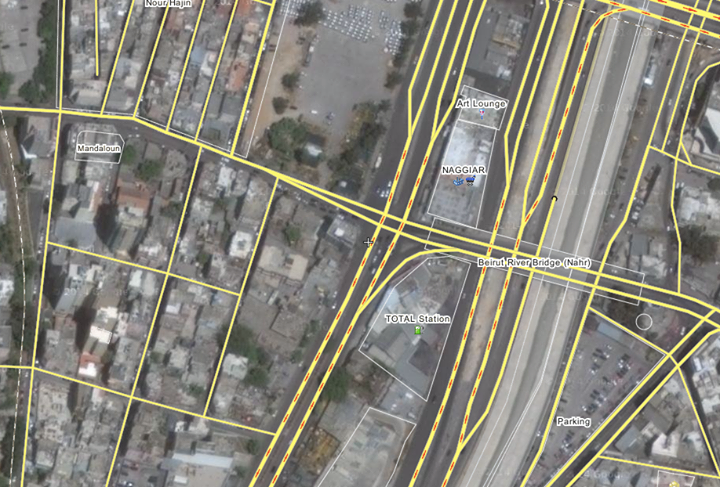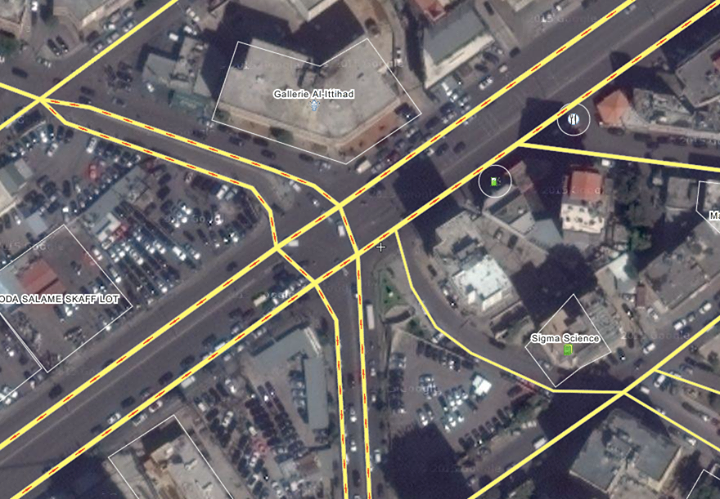We are big fans of the فان رقم 4 Facebook page. With humor and one or two selfies, this page is humanizing a vital transport link between our capital’s centre and periphery.
According to the admins, the idea for the page began when one of them wondered why people check-in at Verdun or Gemmeyzeh, but not on the van. When we asked them what’s so special about Van 4 as a ‘place,’ they said: “it helps a lot of university students and employees. This is the main community on fb. The line passes through a lot of universities. Downtown. And Hamra. And maybe the bus drivers are special themselves. They’ve got character.”
If mapping is about increasing familiarity, then it needs more than lines drawn on a 2D surface.
In this spirit, learn more about the “ra’m arb’a” in this lovely piece over at Mashallah News:
“Going along for the whole ride exposes an intriguing “slice” of the city. At some points, it flashes past like a fast-forwarding reel of film: blurry and inexhaustible in its contrasting, contradictory impressions. […] At other times, bogged down in yet another traffic jam along Spears Street or at the Mar Mikhael Church intersection, the city lies motionless around you like a massive, panting beast. You finally have time to take a closer look at your surroundings. Maybe you can pick up again, if only for a fleeting moment, the fragile thread that ties all of these disparate places together into one city: Dahiyeh, Ain el Remmaneh, Chiah, Badaro, Ras el Naba`, Basta, Bachoura, Monot, Downtown, Hamra.”
For more poetic takes on the cultural side of transportation, see the full series here.


